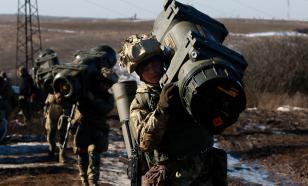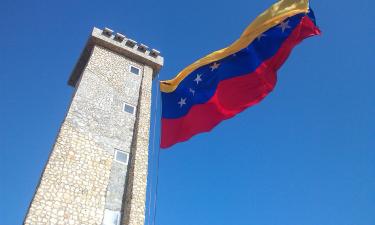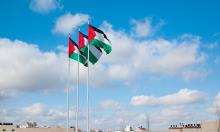Satanists may endanger Russia’s security
According to Russia’s secret services, including FSB, there are about 15 Satanist sects in the city of Moscow alone. The largest of them, “The Black Angel,” was formed in 1974-1975 in Moscow and in Tver, a city located some 200km north-west from Moscow. Satanism is believed to have spread to all large cities of the former Soviet Union in 1970s. Sizeable Satanist groups emerged in early 1980s. The groups are formed by strict 5-grade hierarchy crowned by the “council,” the supreme agency. Women are said to frequently occupy the upper seats. According to NTV television channel, Satan followers may number several thousands in Russia. Of late, crime-tainted sects have displayed an elevated activity, according to law-enforcement bodies’ statistics. They penetrate into colleges and other higher-educational institutions, eagerly give interviews. Gathering venues of Satanists are well known – a temple of sorts in Moscow’s northern Medvedkovo district, a kind of a base in the outskirts of Moscow, a cafe in the centre of Moscow, a construction site near the Bolshoi Theatre, and even Lubyanskaya Square where the feared KGB building is located. On July 28th, 1999, the criminal police of Moscow’s Western Administrative District detained 2 Satanist sect members suspected of setting the great martyr princess Elizabeth chapel on fire in the night of October 8th, 1988 in Rublevo, near Moscow. The detained Satanists were youngsters of 18, and they viewed their act rather as a kind of game played with their fellow-“protesters.” Satanists have largely fallen out of the focus of Soviet and then Russian secret services’ attention. But now, especially after a series of ritual murders it is high time to come to grips with the problem.
Subscribe to Pravda.Ru Telegram channel, Facebook, RSS!




